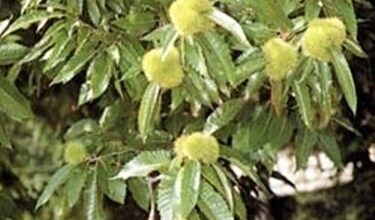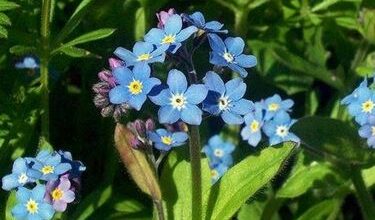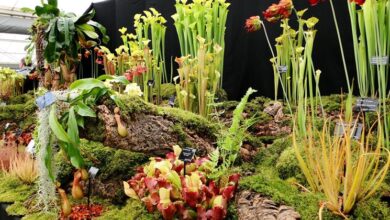Conifere nane
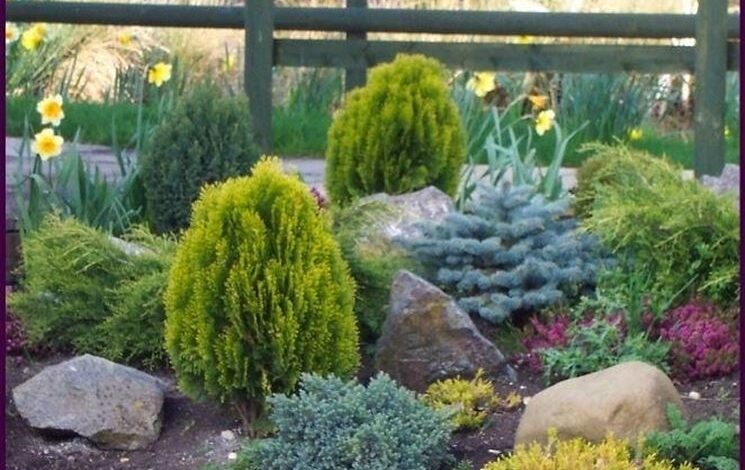
Characteristics of dwarf conifers
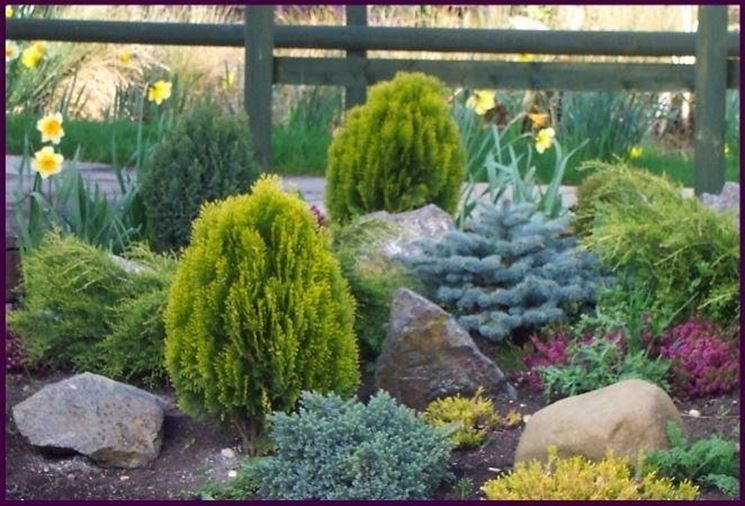
The most common species of dwarf conifers: juniper
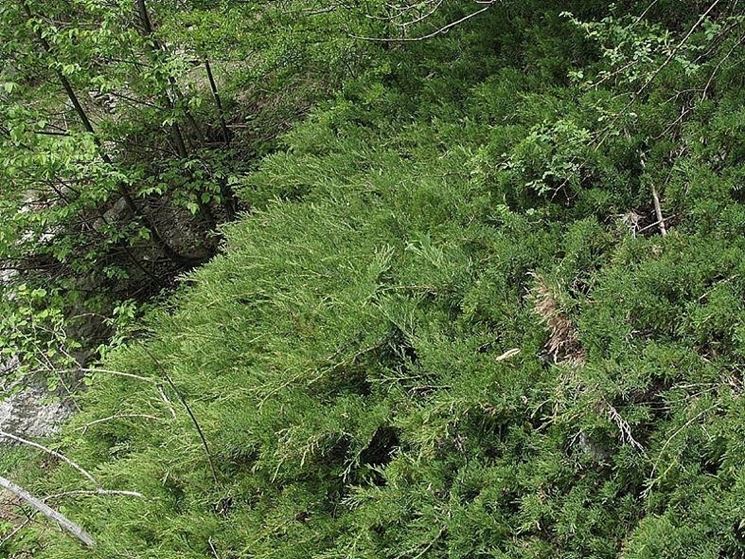
In the category of dwarf conifers we find a wide range of species which are in turn divided into different varieties. One of the most common species is the juniper (Juniperus, family of the Cupressaceae). This fact is certainly due to its adaptability to the environment and its scarce needs for care, but not only: its diffusion derives from its great ornamental qualities and also from the resin scent it emanates. Among the other peculiarities of the juniper we find for example its tendency to develop more horizontally than vertically, a characteristic that is very accentuated in the dwarf variety of Juniperus procumbens, a Latin term that literally means «prostrate», lying on the ground.
A few other species of dwarf conifer
Another species of dwarf conifer with a bearing very similar to that of juniper is the mountain pine (Pinus mugo, family of the Pinaceae). This species is widespread both in its natural state (it is among the conifers of greatest distribution in the Alps) and for ornamental purposes. Mountain pine and juniper are also widely used to create real bonsai, enhancing their beauty even better. They should always be kept outside because they do not tolerate much the heat of the houses.We can then remember the Tuia, also belonging to the Cupressaceae such as juniper, and the Yew, which when ripe enriches our gardens or our terraces with the ornament of its red berries, to which however a lot of attention must be paid because they are highly poisonous.
Dwarf conifers: Care of dwarf conifers
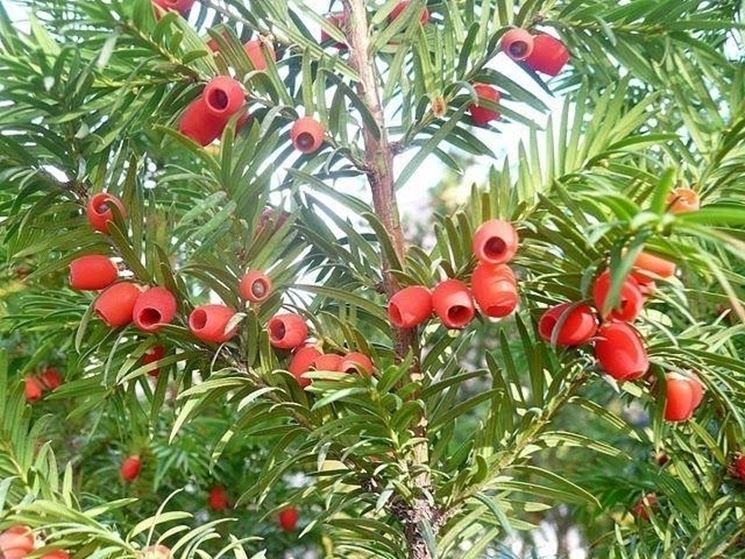
These plants generally do not require special attention and are frequently chosen for this too. They are also very adaptable to the environment in which they are inserted and can also be safely grown in pots. In this case you have to pay attention to stagnant water and make sure that the soil is well drained (for this purpose you can use a little gravel). If planted in a modest sized pot (but not too small) these plants will have an even slower growth given the little space that the roots will have to develop. Dwarf conifers are very resistant even to harsh climates but if winter temperatures are too low it may be useful to cover the ground with dry leaves or with materials suitable for this purpose.

